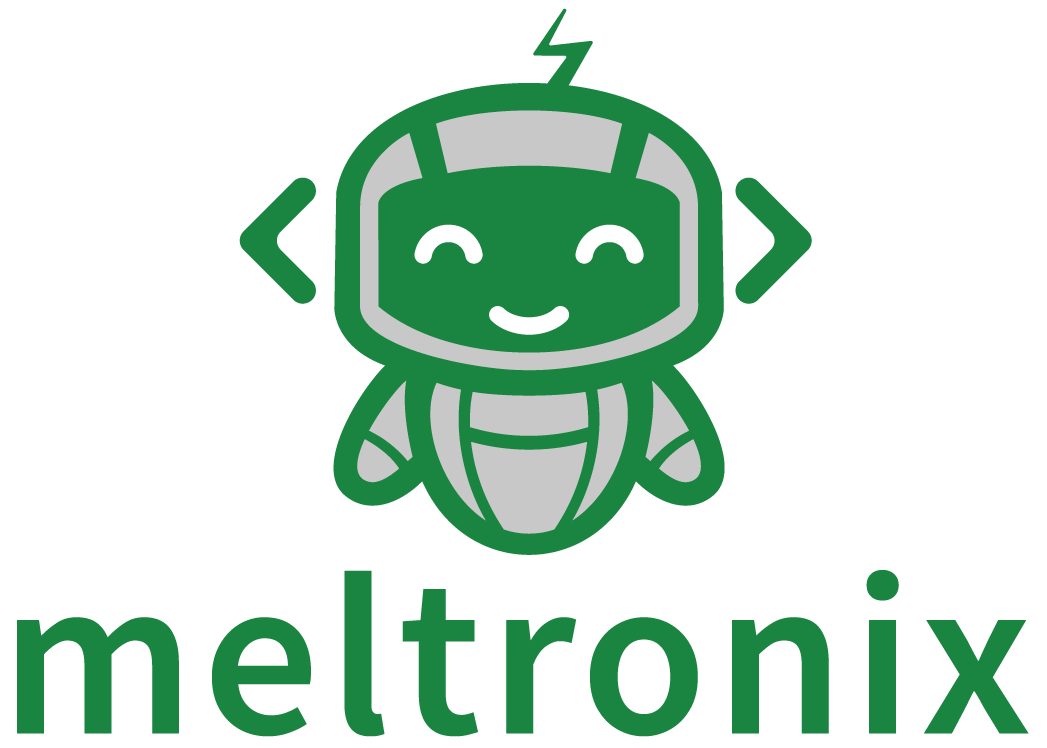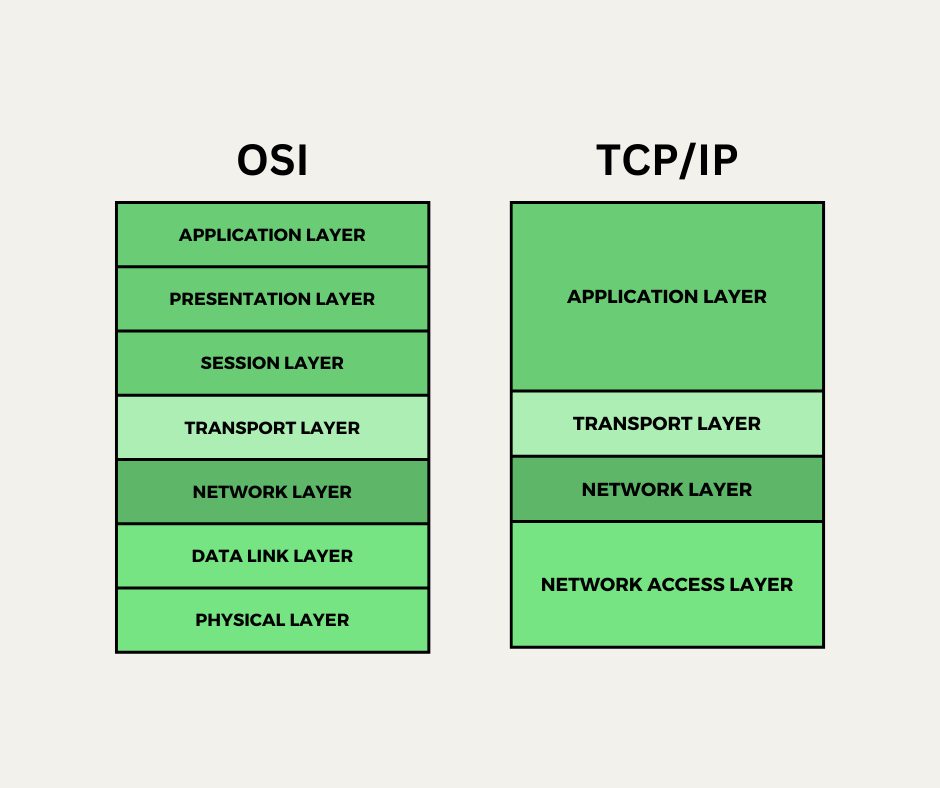Computer networks are the backbone of our modern world, connecting people and devices across the globe. Two fundamental models that guide network communication are the Open Systems Interconnection (OSI) model and the Transmission Control Protocol/Internet Protocol (TCP/IP) model. Now let’s take a look on the difference between the two models.
The OSI Model
The OSI model is a conceptual framework developed by the International Organization for Standardization (ISO). It divides network communication into seven layers, each with specific responsibilities:
- Physical layer: Transmits raw data bits over a physical medium, such as a cable or radio wave.
- Data link layer: Frames data into packets and ensures reliable transmission between adjacent devices.
- Network layer: Routes packets across the network and provides logical addressing.
- Transport layer: Provides end-to-end communication, ensuring that data is delivered to the correct destination and in the correct order.
- Session layer: Establishes, manages, and terminates communication sessions between applications.
- Presentation layer: Formats data for presentation to the application layer and handles encryption and decryption.
- Application layer: Provides network services to user applications, such as email, file transfer, and web browsing.
The TCP/IP Model
The TCP/IP model was developed by the United States Department of Defense and is the foundation of the internet. It simplifies the OSI model into four layers:
- Network Access layer: Combines the physical and data link layers of the OSI model, managing hardware addressing, error handling, and the physical transmission of data.
- Internet layer: Analogous to the OSI network layer, it handles IP addressing, packet forwarding, and routing.
- Transport layer: Provides end-to-end communication, similar to the OSI transport layer.
- Application layer: Combines the session, presentation, and application layers of the OSI model, providing network services to user applications.
Comparing the Models
The OSI model offers a more detailed and theoretical perspective on network communication, while the TCP/IP model is simpler and more practical. TCP/IP is also the more widely implemented model, as it is the foundation of the internet.
Conclusion
Both the OSI and TCP/IP models are valuable tools for understanding network communication. The OSI model provides a comprehensive and theoretical framework, while the TCP/IP model is a more practical and widely implemented solution. The best model to use depends on the specific needs of a network and the desired level of detail.


